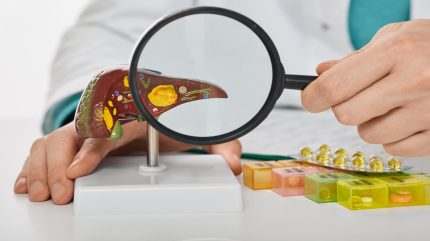
AusperBio Therapeutics and Ausper Biopharma have gained breakthrough therapy designation (BTD) in China for their investigational drug, AHB-137, to treat chronic hepatitis B (CHB).
The designation has been granted by China’s National Medical Products Administration (NMPA) to expedite the development and review process for AHB-137, a new therapeutic option for patients with CHB.
It was based on positive clinical data from two parallel trials. The trials assessed the drug’s safety and efficacy in treating CHB, with one Phase I/IIa trial conducted in China and a Phase I trial outside China.
Developed using AusperBio’s Med-Oligo ASO technology platform, AHB-137 is an unconjugated antisense oligonucleotide aimed at a functional cure for CHB.
Its dual-mechanism approach has shown potential in preclinical studies.
AHB-137 is currently undergoing a Phase Ib trial at multiple international sites and a Phase II trial in China.
AusperBio regulatory affairs director Bella Lu said the designation does not alter product approval standards but furthers the regulatory process.
“We are delighted by the NMPA’s grant of breakthrough therapy designation for AHB-137. This approval recognises the promising clinical data collected to date and highlights the urgent need for substantial advancements in CHB treatment options.
“The outstanding safety and efficacy results from our Phase 1/2a studies suggest that AHB-137 has the potential to improve upon current HBV therapies. With NMPA’s support, we aim to accelerate AHB-137’s development further.”



